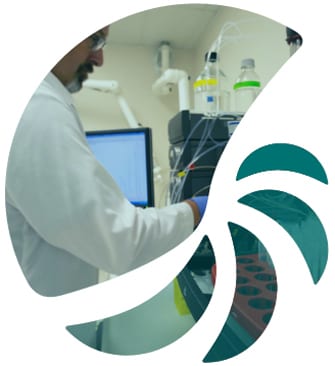February 21, 2012
Proceedings Of The National Academy Of Sciences Of The United States Of America
Product: Diphtheria Toxin, Unnicked, from Corynebacterium diphtheriae
Animals and DT Treatment:
…Before behavioral experiments, mice were maintained on standard laboratory chow (5053; Lab Diet) that was available ad libitum. When the Lepob/ob;AgrpDTR/+ and Lepob/ob;PmchDTR/+ mice were 6 wk old (weighing 2025 g), 8 wk old (weighing 3540 g), or 10 wk old (weighing 4045 g), they were individually housed and switched to another standard chow diet (D12450B; Research Diets) for 7 d before being injected with DT. To ablate AgRP or MCH neurons, DT was injected twice per mouse (i.m., 2 d apart; List Biologicals). Body weight and food intake were recorded daily for several weeks. The DT dose was determined based on body weight at the time of injection, with 50 g/kg for mice weighing <40 g and 40 g/kg for mice weighing >40 g. …



